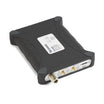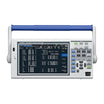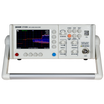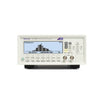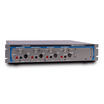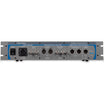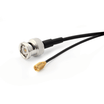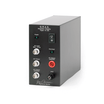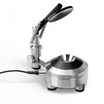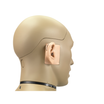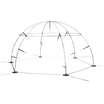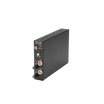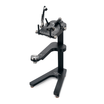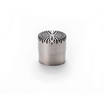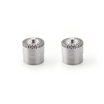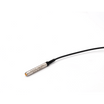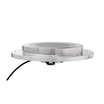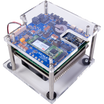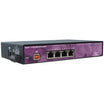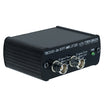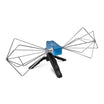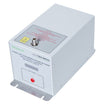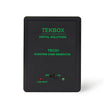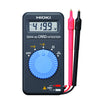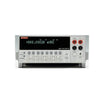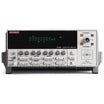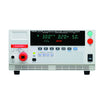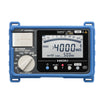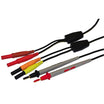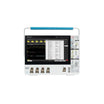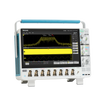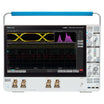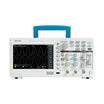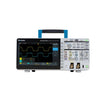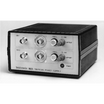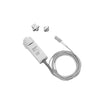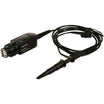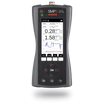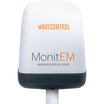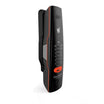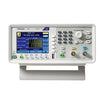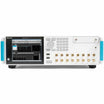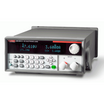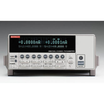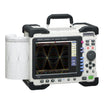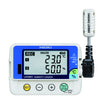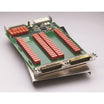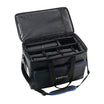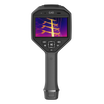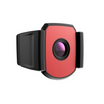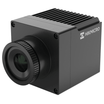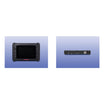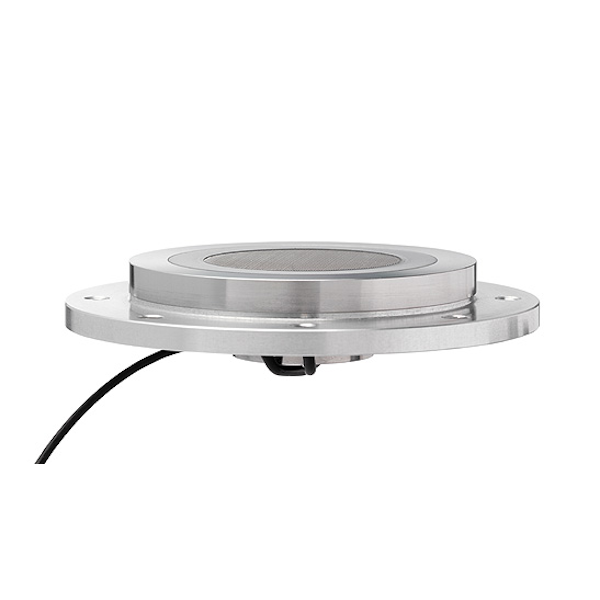
GRAS 67TS-1-CL Turbulence Screen Kit with Flush-mount Microphone
Use our chat for personal support. Or contact us via +46 73-202 00 59 or sales@GOmeasure.se
The GRAS 67TS-1-CL Turbulence Screen Kit is designed for aeroacoustic testing in solid-walled wind tunnels. By attenuating the hydrodynamic component of turbulence up to as much as 25 dB, the acoustic signals of interest can be identified and diagnosed with a much more reliable resolution.
Discover the possibilities
More information
Description
GRAS 67TS-1-CL Turbulence Screen Kit with Flush-mount Microphone
Introduction
The GRAS 67TS-1-CL Turbulence Screen Kit is designed for aeroacoustic testing in solid-walled wind tunnels. By attenuating the hydrodynamic component of turbulence up to as much as 25 dB, the acoustic signals of interest can be identified and diagnosed with a much more reliable resolution. The flush-mount turbulence screen integrates the flush-mount and recessed mounting techniques with a special wire mesh into a single unit, and allows for adaptation of several mounting options.The included GRAS 47BX-CL 1/4" CCP Flush-mount Microphone Set can be attached to the assembly either with a “rubber band” (O-ring) or a holder plate of POM-material. The parts necessary for both methods are included. The microphone set has an integrated, customized length cable terminated with a Microdot connector. An adapter to BNC is included. When ordering, please specify the required length in cm.
As “default” the complete assembly will fit in a flat wall with 4 mm thickness. A hole with diameter 44 mm must be provided. It is possible to attach the assembly using glue. For mounting with screws, the 67TS is provided with 4 unthreaded holes with diameter 3.1 mm. You are always welcome to contact GRAS for advice or regarding customization.
As a downloadable spread-sheet, we have published the frequency/incident angle dependent correction factors and the resulting graphs. See under Downloads/Other.
Compatibility
To perform as specified the GRAS 47BX microphone set requires a constant current input module that can deliver 4 mA and 24 V unloaded CCP voltage supply. If the constant current supply is lower, the capability of driving long cables is reduced and consequently the upper frequency is reduced. If the voltage supply is lower it will influence the upper dynamic range.The cable of the microphone set is terminated with a 10/32 UNC microdot male connector. An adapter that converts to BNC male is included. Suitable coax cables of various types and lengths are available in standard as well as customized lengths.
The 47BX is IEEE 1451.4 TEDS v. 1.0 compliant. If your measurement platform supports Transducer Electronic Data Sheets you will be able to read and write data like properties and calibration data.
System verification
For proper sensitivity calibration, we recommend using a pistonphone like GRAS 42AP Intelligent Pistonphone.Performance and warranty
All GRAS microphone sets are made of high-quality materials that will ensure life-long stability and robustness. The microphone sets are all assembled in verified clean-room environments by skilled and dedicated operators with many years of expertise in this field. The microphone diaphragm, body, and improved protection grid are made of high-grade stainless steel, which makes the microphone resistant to physical damage, as well as corrosion caused by aggressive air or gasses. This, combined with the reinforced gold-plated microphone terminal which guarantees a highly reliable connection, enables GRAS to offer 5 years warranty against defective materials and workmanship.Service
If you accidentally damage the diaphragm on a GRAS microphone, we can - in most cases - replace it at a very reasonable cost and with a short turn-around time. This not only protects your investment, but also pleases your quality assurance department because you don't have to worry about new serial numbers, etc.Calibration
Before leaving the factory, all GRAS microphone sets are calibrated as a unit in a controlled laboratory environment using traceable calibration equipment. The sets are delivered with calibration charts including sensitivity values and frequency response graphs for the complete set. You can use the sensitivity value directly in your system setup. Depending on the use, measurement environment, and internal quality control programs, we recommend recalibrating the microphone set at least every second year.Documents
GRAS 67TS-1-CL Turbulence Screen Kit with Flush-mount Microphone
GRAS 67TS-1-CL Turbulence Screen Kit with Flush-mount Microphone datasheetOptions
Video
GRAS 67TS-1-CL Turbulence Screen Kit with Flush-mount Microphone
Introduction
The GRAS 67TS-1-CL Turbulence Screen Kit is designed for aeroacoustic testing in solid-walled wind tunnels. By attenuating the hydrodynamic component of turbulence up to as much as 25 dB, the acoustic signals of interest can be identified and diagnosed with a much more reliable resolution. The flush-mount turbulence screen integrates the flush-mount and recessed mounting techniques with a special wire mesh into a single unit, and allows for adaptation of several mounting options.The included GRAS 47BX-CL 1/4" CCP Flush-mount Microphone Set can be attached to the assembly either with a “rubber band” (O-ring) or a holder plate of POM-material. The parts necessary for both methods are included. The microphone set has an integrated, customized length cable terminated with a Microdot connector. An adapter to BNC is included. When ordering, please specify the required length in cm.
As “default” the complete assembly will fit in a flat wall with 4 mm thickness. A hole with diameter 44 mm must be provided. It is possible to attach the assembly using glue. For mounting with screws, the 67TS is provided with 4 unthreaded holes with diameter 3.1 mm. You are always welcome to contact GRAS for advice or regarding customization.
As a downloadable spread-sheet, we have published the frequency/incident angle dependent correction factors and the resulting graphs. See under Downloads/Other.
Compatibility
To perform as specified the GRAS 47BX microphone set requires a constant current input module that can deliver 4 mA and 24 V unloaded CCP voltage supply. If the constant current supply is lower, the capability of driving long cables is reduced and consequently the upper frequency is reduced. If the voltage supply is lower it will influence the upper dynamic range.The cable of the microphone set is terminated with a 10/32 UNC microdot male connector. An adapter that converts to BNC male is included. Suitable coax cables of various types and lengths are available in standard as well as customized lengths.
The 47BX is IEEE 1451.4 TEDS v. 1.0 compliant. If your measurement platform supports Transducer Electronic Data Sheets you will be able to read and write data like properties and calibration data.

